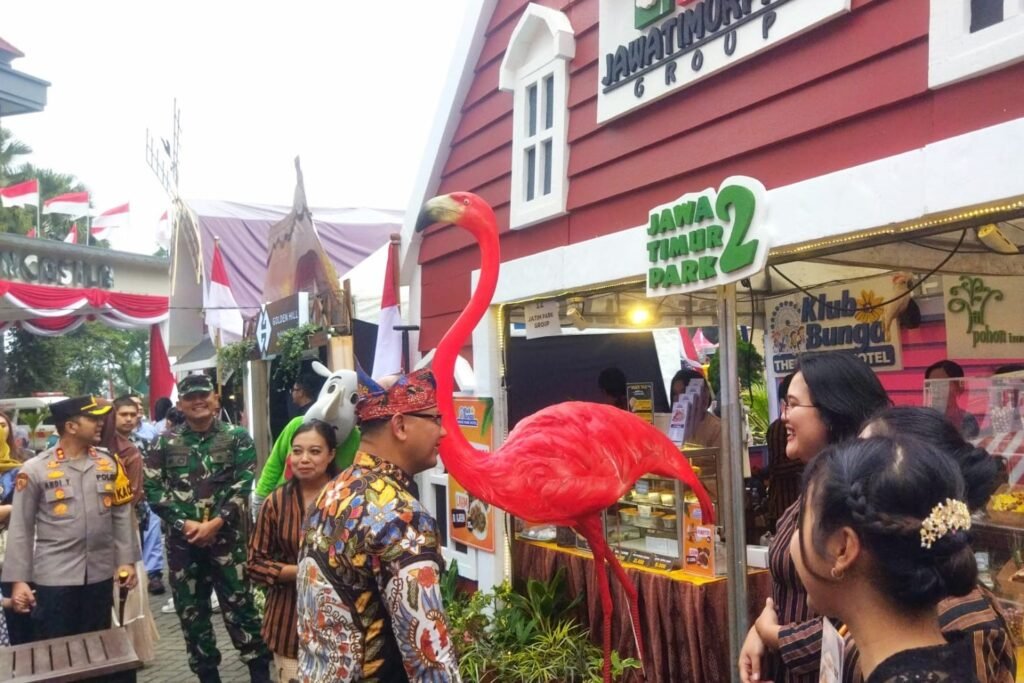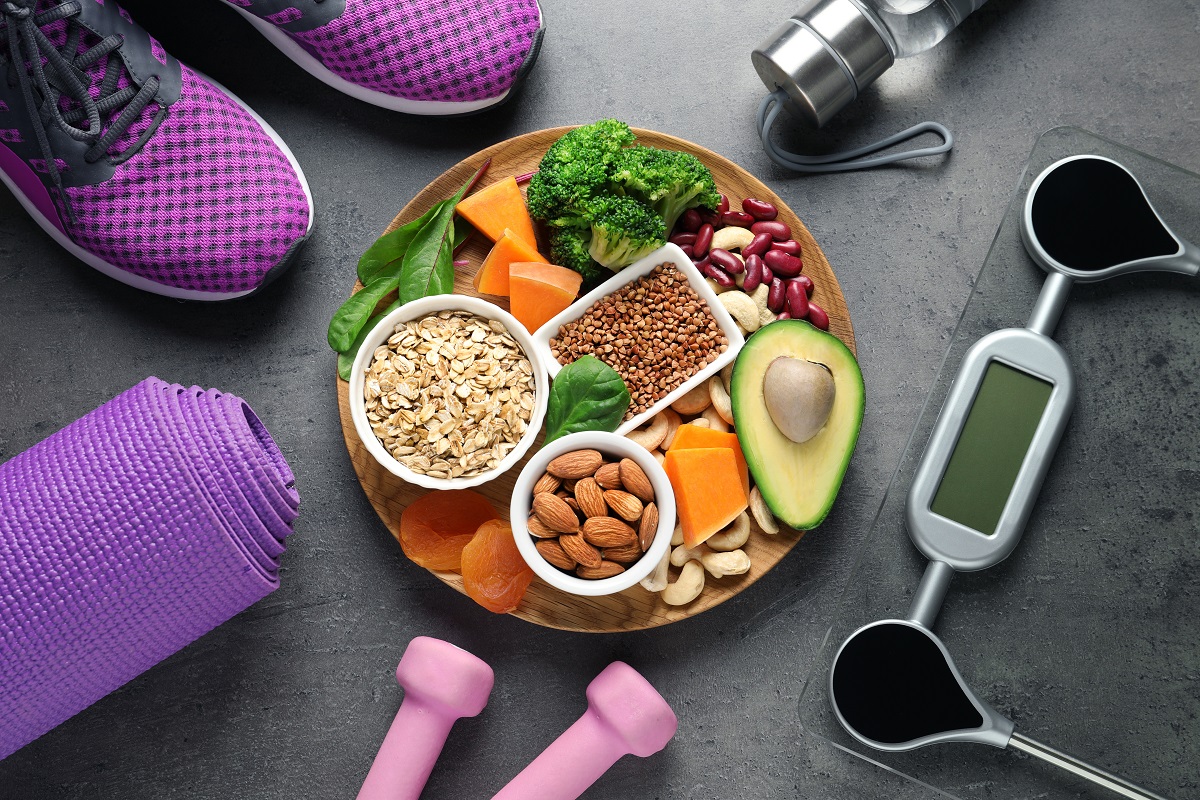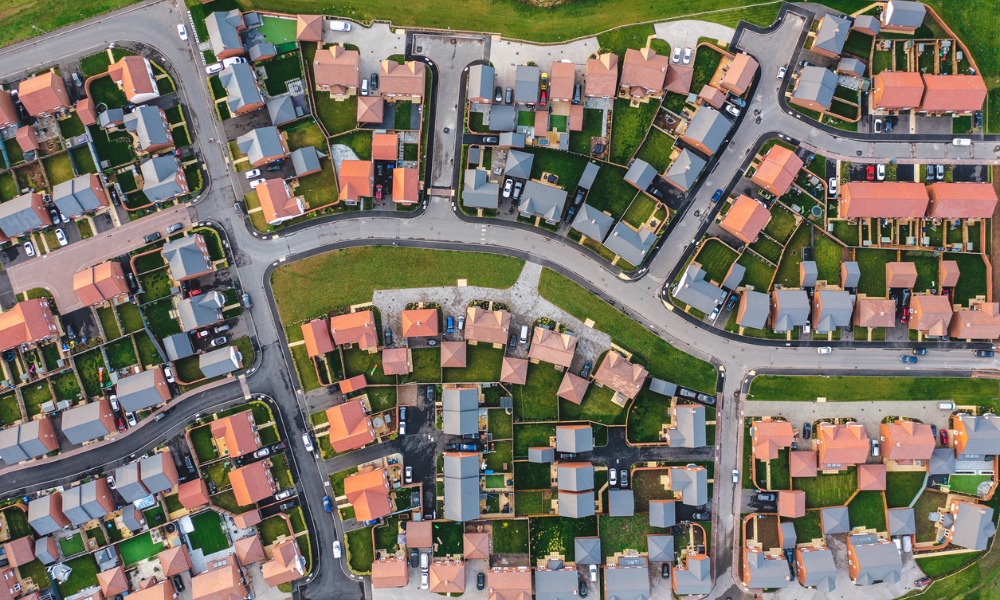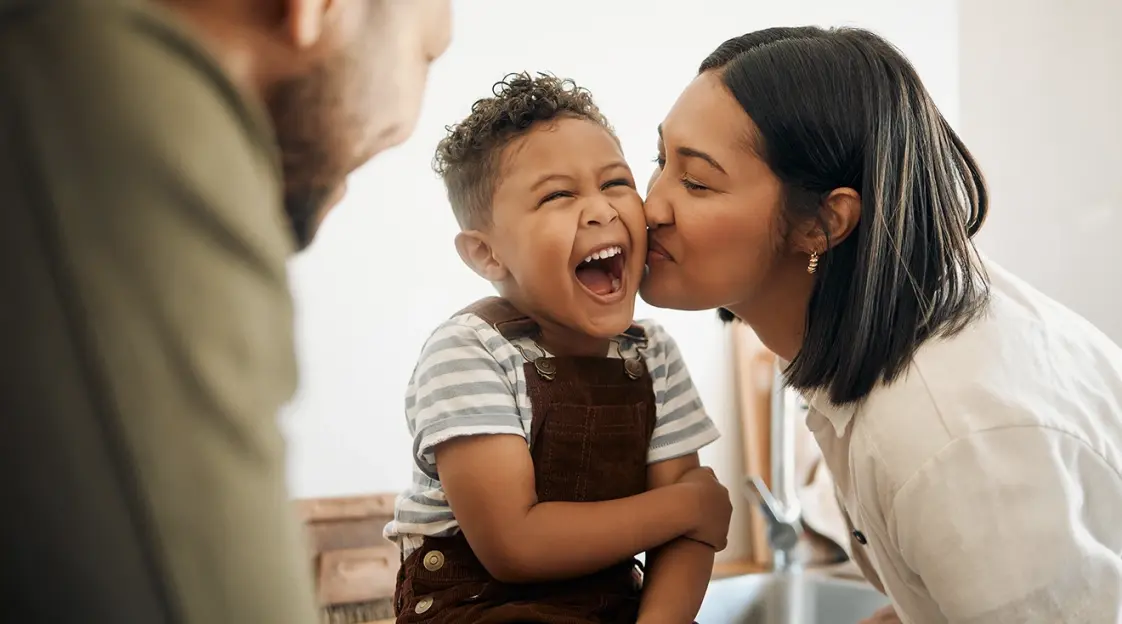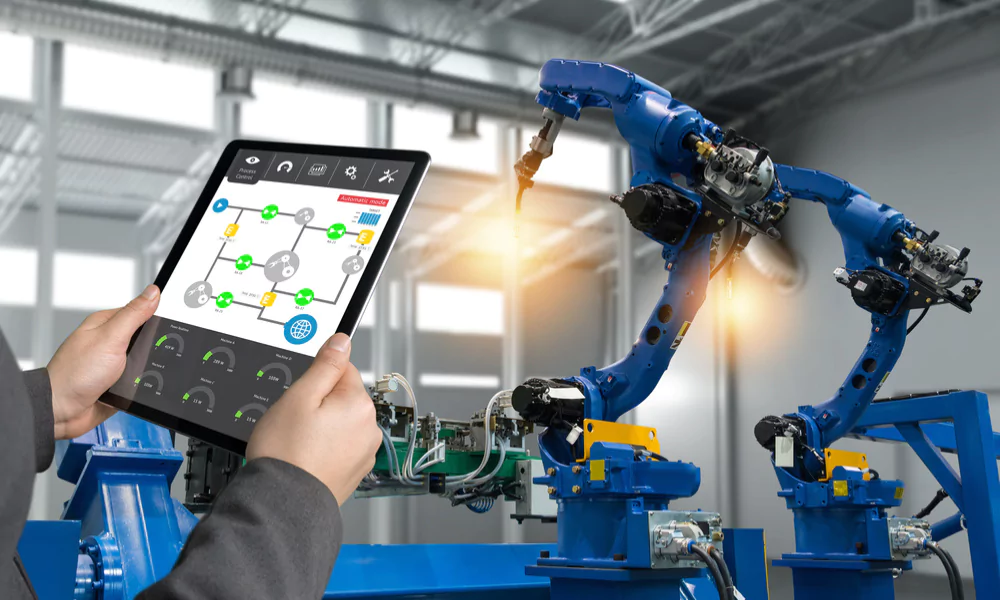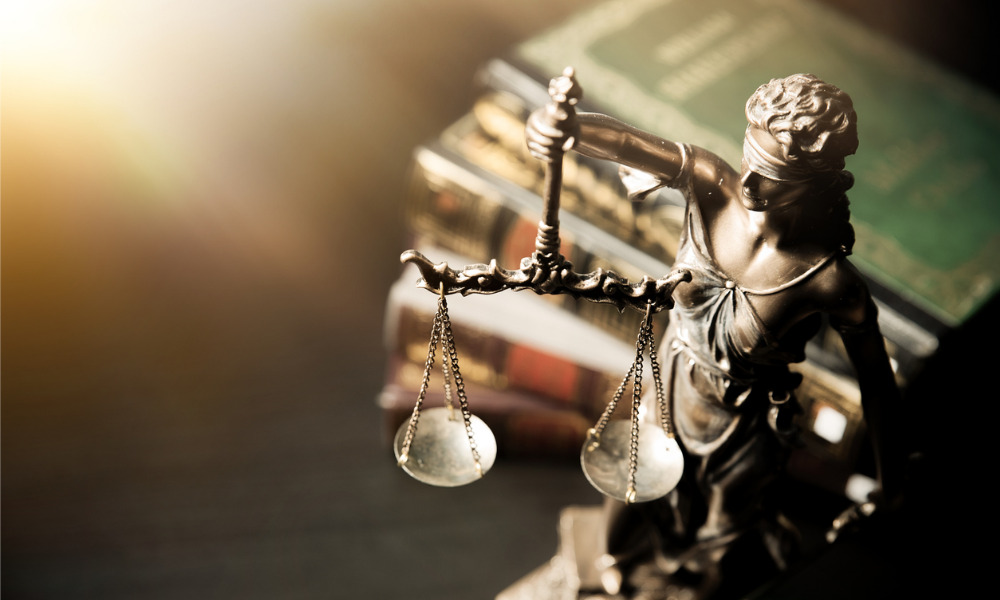
Do you want to grow plants indoors? You’re in the right spot as we’ll show you how to grow plants indoors using LED lights. This article will show you how to grow your indoor garden with LED lights. We also discuss the things you need to keep in mind when purchasing growing lights.
How to Use LED Grow Lighting
Your led grow lights should be placed between 14-30 inches and your plants. Grow lights have the great advantage of producing very little heat, so they can be placed close to plants without scalding them or killing them.
How to Avoid Making Mistakes When Using LED Grow Lighting
You may have questions or doubts if you’re new to grow lamps. Here are some common mistakes you should avoid when growing plants.
Don’t Water Your Plants Too Much
While plants do require water to grow and survive, overwatering indoor plants can be dangerous. Because LED grow lights do not emit heat, they don’t zap a lot water from the soil so you won’t have to water them as often. You can check the soil’s moisture level by pressing down on it. If the soil feels dry, it’s probably not time to water them.
The Wrong LED Lights
Common misconception is that all LED grow light bulbs work the same. However, this is not true. There are many LED grow lights on the market. You will need to select the right light spectrum for your indoor plants. Some lights are better suited to vegetables, while others emit a red light that supports the growth of buds. A full spectrum LED kit is necessary for most indoor plants. However, it’s important to double-check that the kit matches your indoor plants before you make a purchase.
Opting for low-quality lights
Poor-quality LED grow light bulbs won’t yield great results. We understand that not everyone can afford to spend a lot on grow lights upfront. However, lower-quality versions prioritize quality over cost. Many cheaper brands claim that their lights aren’t up to standard and can only grow one plant at once. If they aren’t made in the same country that you have, poor-quality lights can be dangerous.
Don’t Provide Your Plants with Enough Light
You must provide the right amount of light to your plants in order to allow them to grow. Although it sounds simple, you should do some research before purchasing grow lights. One 300W light may be sufficient for one or two plants, but not enough to cover all the plants.
To accommodate this additional capacity, you will need more powerful lights with 300W+. We recommend reading reviews left by customers of the websites you are considering buying from to get an idea of how many plants the LED grow light could cover.
Hanging your lights too close to your plants
Your lights should be at the correct distance from your plants. This is a common error made by plant owners. The plants may be unable to reach the lights if they are too far from the lights. However, too close lights can cause plants to burn or bleach.
It doesn’t take a skilled plant specialist to notice that indoor plants are looking a bit under the weather. Pay attention to browning. Thinning.
Which Type of LED Grow Light do You Need?
Incandescent
This type of grow light is usually the most affordable and easiest to find. This type of grow light has some additional precautions. The first is to place the LED light at least 24inches from your plants.
Also, keep in mind that the light can heat up quickly so you need to keep it away from your plants. Consider the area where your plants will grow, as it can quickly heat up. This type of light has a lot of advantages. Most of them have a clip that allows you to adjust the angle at different stages of growth.
Fluorescent
Fluorescent lights, while being a cheaper option, don’t have the same temperature range. These lights emit blue light and are simple to install.
LED
LED lights are small and affordable. These lights are easy to install and can provide both red or blue light intensity. This light source is a great choice for indoor gardening.

